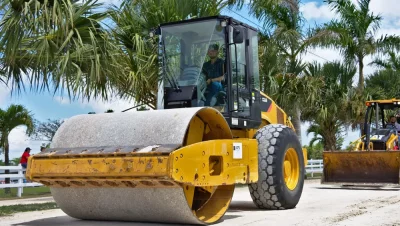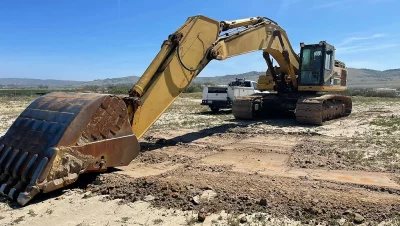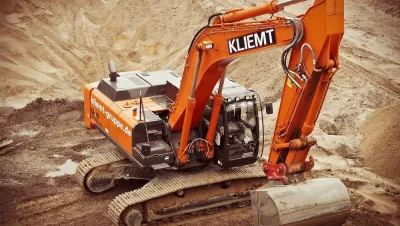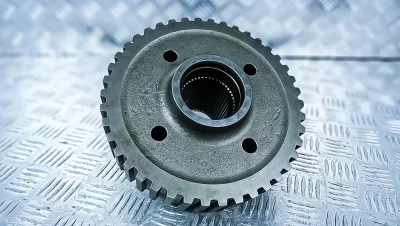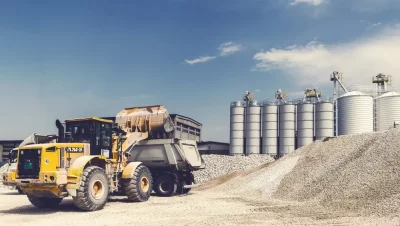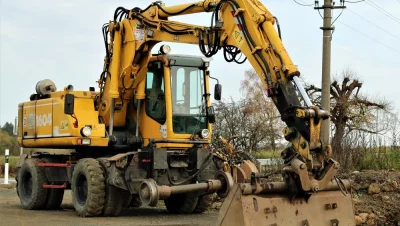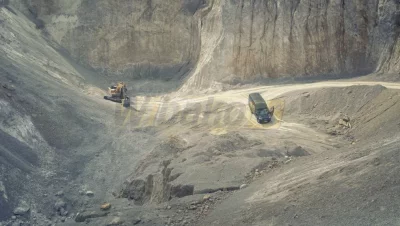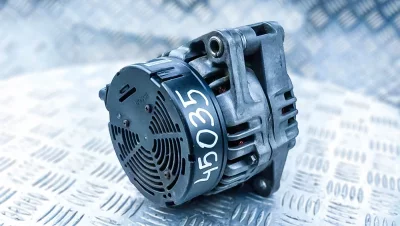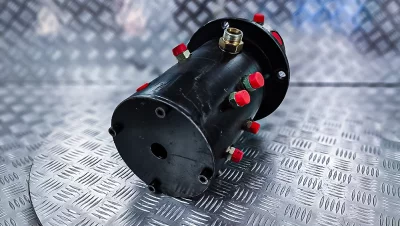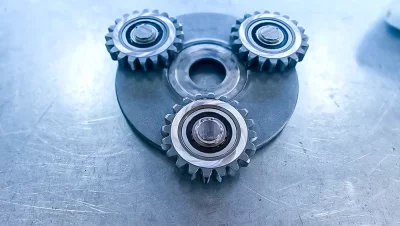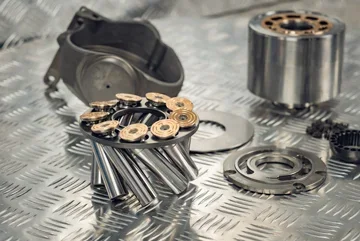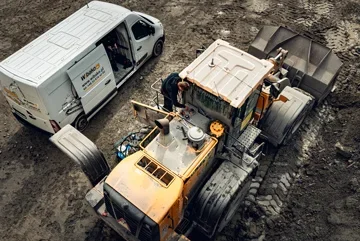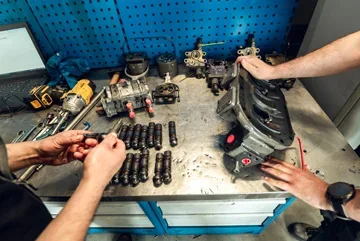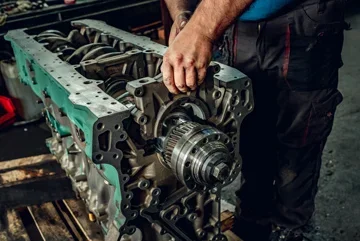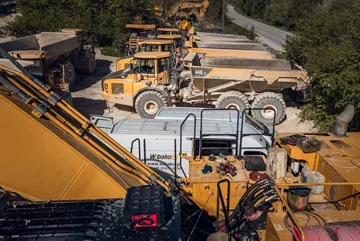Engine Repair - Example of a Liebherr R 974 C Crawler Excavator
The repair of such a power unit as an internal combustion engine is a complicated process and requires a lot of experience. First and foremost, it requires thorough diagnostics already at the stage of engine disassembly.
Therefore, the first activity performed by our specialists is a detailed verification of the engine, i.e. checking individual elements and their wear status. The engine equipment elements are checked first, and then the entire crank-piston system. Only after a carefully conducted verification can further work be started.
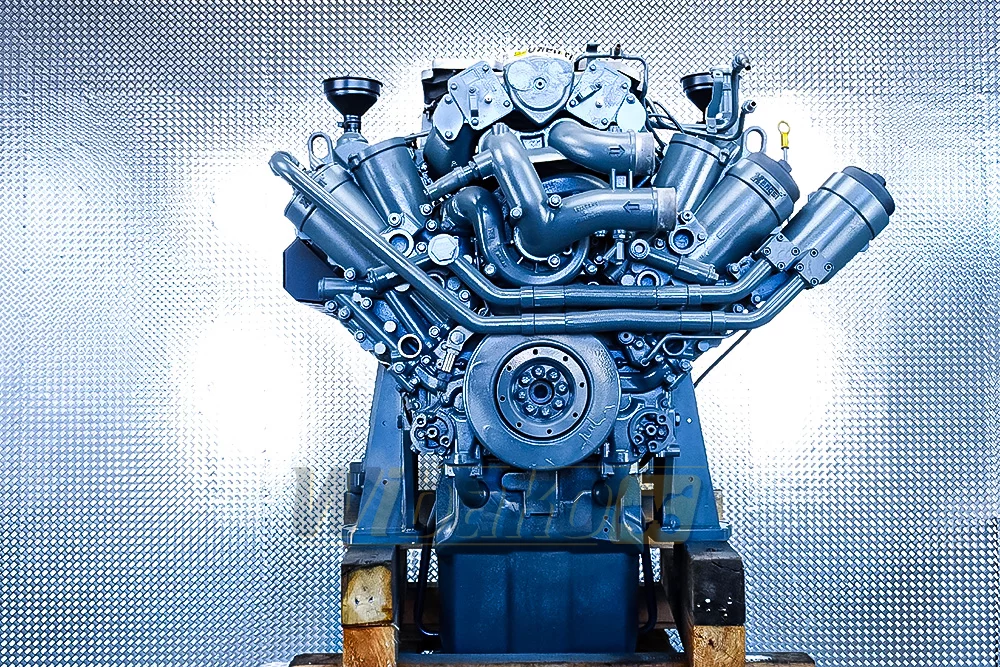
We can present this process on a specific example. In our workshop, a Liebherr D9508 A7 engine from a crawler excavator of the same manufacturer with the model designation R 974 C was repaired.
From the beginning, the unit indicated a poor technical condition after intensive use, manifested by a significant drop in power and low oil pressure. The entire engine required a thorough repair.
The repair work related to the engine base included the replacement of consumable parts, which ensure the correct operation of the engine. The sleeves, pistons, rings, pins with protections were replaced, and in addition, the main bearings, connecting rod bearings, connecting rod bushings, and camshaft bearings.
The engine block was thoroughly checked by our mechanics and was qualified for reuse. The crankshaft and camshaft, after detailed measurements and the polishing process, were within the upper tolerance range.
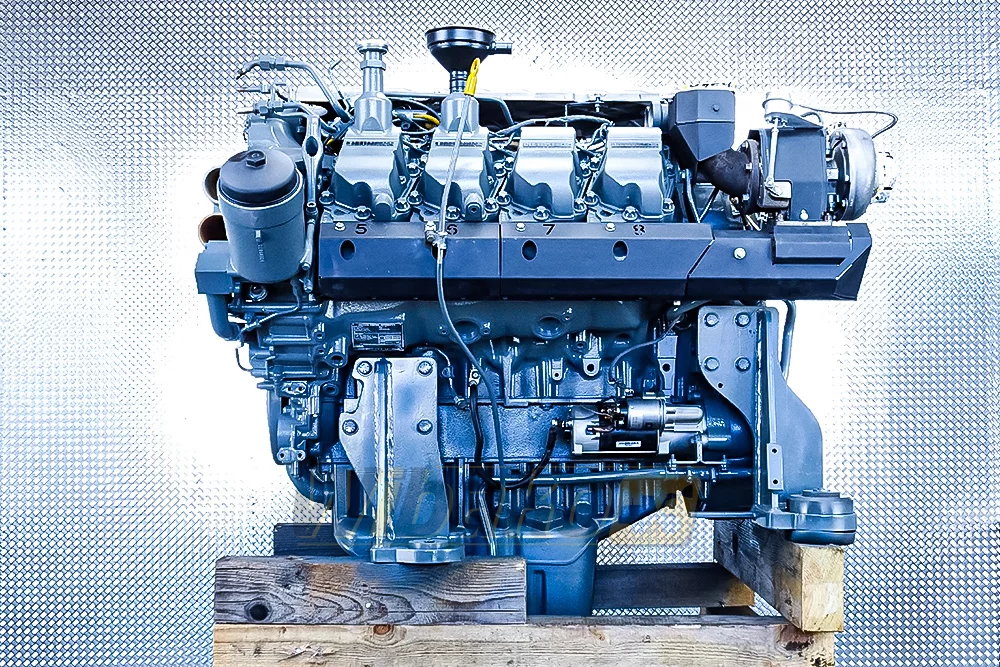
Therefore, they were reused when assembling the engine. It should be mentioned that grinding the shaft should be treated as a last resort option when there is no possibility of removing wear traces by polishing or when wear does not fit within the tolerance limits.
For the assembly of the base, regenerated connecting rods (which underwent the process of bushing replacement and angling) and regenerated heads were used. The worn oil pumps were replaced with new ones.
After assembling the engine base, we proceeded to install new injectors and a high-pressure pump in the fuel system. In the cooling system, the water pump was regenerated and the thermostats were replaced with new ones.
Other parts that were regenerated were turbochargers and the starter. The whole was equipped with a new set of seals, gaskets, and filters, and the culmination of the work was the unit test and its initial running-in on our engine dynamometer.
We have performed many similar engine repairs from Liebherr machines, but also from other manufacturers. Engines after our repair are tested to make sure everything works correctly.
In this way, we try to minimize the risk for the customer that something will not work after assembly.
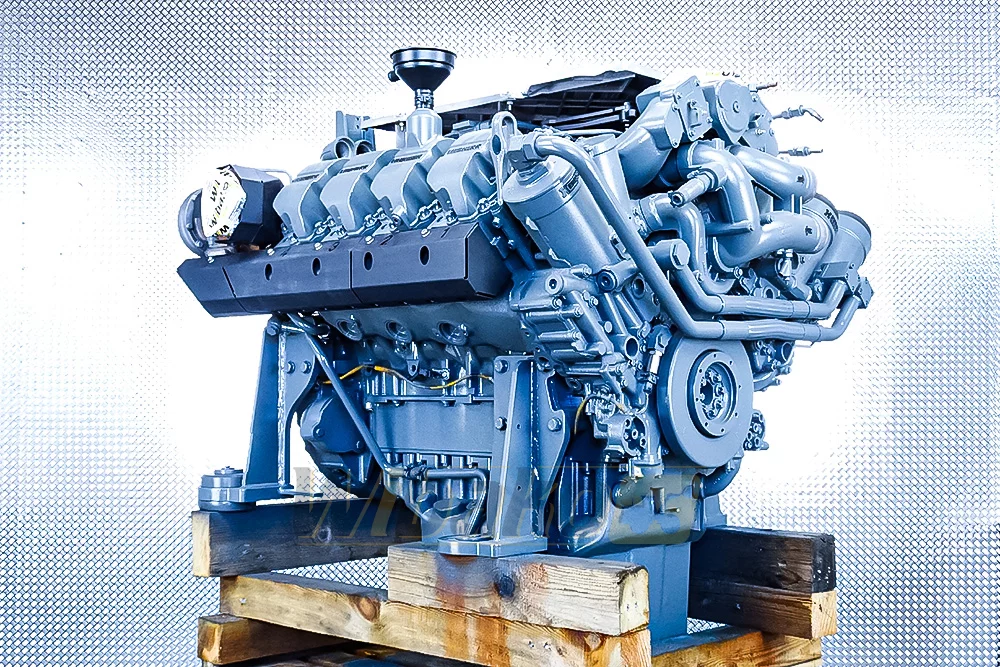
Engine Repairs - Final Conclusions and Tips for Further Use
The best summary of the above case should be tips for operating this type of machine to avoid a similar and costly repair in the future. We present a few short tips on vehicle operation and maintenance:
- regular inspections,
- avoid prolonged idling (It is currently suggested that the engine should not idle for more than 5 minutes), as this can lead to excessive wear and the formation of carbon deposits (these are carbon deposits accumulating inside the internal combustion engine),
- avoid sudden changes in load,
- allow the engine to heat up before starting work,
- maintain cleanliness around the engine, remove accumulated dirt, contaminants, excess oil and fuel,
- avoid overloading, use high-quality oil and fuel in accordance with the manufacturer's recommendations.
Remember that the above tips are very general and each piece of equipment has its specifics. It is always best, in case of any doubts, to follow the manufacturer's recommendations, and in case of serious problems in operation, to contact a professional service.



